Lithium battery current collector material - copper foil and aluminum foil
current collector is aluminum foil, and the anode current collector is copper foil. In order to ensure the stability of the current collector inside the battery, the purity of both is required to be above 98%. With the continuous development of lithium battery technology, whether it is a lithium battery for digital products or a battery for electric vehicles, we all hope that the energy density of the battery is as high as possible, and the weight of the battery is getting lighter and lighter.

In the current collector, the most important thing is to reduce the thickness and weight of the current collector, which intuitively reduces the volume and weight of the battery. Why use aluminum foil for the cathode electrode of lithium-ion batteries and copper foil for the anode electrode? There are three reasons:
Why choose copper foil and aluminum foil for electrode current collector
First, copper and aluminum foil has good conductivity, soft texture and low price. We all know that the working principle of lithium batteries is an electrochemical device that converts chemical energy into electrical energy. In this process, we need a medium to transfer the electrical energy converted from chemical energy, and conductive materials are needed here.
Among ordinary materials, metal materials are the most conductive materials, and among metal materials, copper foil and aluminum foil are cheap and good conductive materials. At the same time, in the lithium battery, we mainly have two processing methods: winding and lamination.
Compared with winding like 21700 battery, the pole piece used to prepare the battery needs to have a certain degree of flexibility to ensure that the pole piece does not have problems such as brittle fracture during winding. Among metal materials, copper and aluminum foil is also a soft metal. Finally, consider the cost of battery preparation. Relatively speaking, the price of copper and aluminum foil is relatively cheap, and there are abundant resources of copper and aluminum elements in the world.
Second, copper and aluminum foil is relatively stable in the air. Aluminum easily reacts chemically with oxygen in the air, forming a dense oxide film on the surface of aluminum to prevent further reaction of aluminum, and this very thin oxide film also has a certain protective effect on aluminum in the electrolyte. Copper itself is relatively stable in air and basically does not react in dry air.
The third is that the potential of the cathode and anode electrodes of the lithium battery determines the use of aluminum foil for the cathode electrode and copper foil for the anode electrode, not the other way around. The cathode electrode potential is high, and the copper foil is easily oxidized at high potential.
The oxidation potential of aluminum is high, and the surface of the aluminum foil has a dense oxide film, which also has a good protective effect on the internal aluminum. Both of them are used as current collectors because they have good electrical conductivity, soft texture (maybe this is also conducive to bonding), and are relatively common and cheap. At the same time, a layer of oxide protective film can be formed on the surface of both.
Why are the cathode and anode current collectors different
1. The size of the lattice octahedral voids of metal aluminum is similar to that of Li, and it is easy to form metal interstitial compounds with Li. Li and Al not only form an alloy with the chemical formula of LiAl, but also may form Li3Al2 or Li4Al3. Due to the high activity of the reaction between metal Al and Li, the metal Al consumes a large amount of Li, and its structure and morphology are also damaged, so it cannot be used as the current collector of the anode electrode of lithium ion batteries;
In the process of battery charging and discharging, Cu has only a small amount of lithium intercalation capacity, and maintains the stability of structure and electrochemical performance, and can be used as the current collector of the anode electrode of lithium-ion battery; When the Cu foil is at 3.75V, the polarization current begins to increase significantly, and it rises in a straight line, and the oxidation intensifies, indicating that Cu begins to be unstable at this potential;
In the whole polarization potential range of aluminum foil, the polarization current is small and constant, no obvious corrosion phenomenon is observed, and the electrochemical performance is stable. Due to the small lithium intercalation capacity of Al in the cathode electrode potential range of lithium ion batteries, and can maintain electrochemical stability, it is suitable for the cathode current collector of lithium ion batteries.
2. The oxide layer on the surface of copper/nickel is a semiconductor, and the electrons are conductive. The oxide layer is too thick and the impedance is large; while the oxide layer on the aluminum surface is an aluminum oxide insulator, and the oxide layer cannot conduct electricity. Conductivity, if the oxide layer is thick, the conductivity of the aluminum foil is poor, or even insulation. Generally, the current collector should be cleaned on the surface before use. On the one hand, it can wash away the oil stains, and at the same time, it can remove the thick oxide layer.
3. The cathode electrode potential is high, and the aluminum thin oxide layer is very dense, which can prevent the current collector from being oxidized. The copper/nickel foil oxide layer is looser, in order to prevent its oxidation, it is better to have a lower potential. At the same time, it is difficult for Li to form a lithium intercalation alloy with Cu/nickel at a low potential. However, if the surface of copper/nickel is heavily oxidized, Li will react with copper/nickel oxide at a slightly higher potential. While aluminum foil cannot be used as a anode electrode, LiAl alloying occurs at low potential.
4. The current collector requires pure ingredients. The impure composition of Al will lead to the occurrence of pitting corrosion because the surface film is not dense, and even the formation of LiAl alloy due to the damage of the surface film.
Thickness requirements of copper and aluminum foil
With the rapid development of lithium batteries in recent years, the current collector for lithium batteries has also developed rapidly. The cathode aluminum foil has been reduced from 16um in previous years to 14um, and then to 12um. Now many battery manufacturers including top 10 lithium ion battery manufacturers that uses 10um, and even uses 8um aluminum foil.
As for the copper foil used for the anode electrode, due to its good flexibility, the thickness of the copper foil is reduced from 12um to 10um, and then to 8um. So far, most top 10 global lithium battery copper foil companies use 6um for mass production, and some manufacturers are developing 5um/4um.
Since the lithium battery has high requirements for the purity of the copper and aluminum foil used, the density of the material is basically the same level, as the thickness of the development decreases, the areal density also decreases accordingly, and the weight of the battery is naturally getting smaller and smaller, which is in line with our needs for lithium batteries.
Surface roughness requirements of copper and aluminum foil
For the current collector, in addition to the influence of its thickness and weight on the lithium battery, the surface properties of the current collector also have a great influence on the production and performance of the battery. Especially for the anode current collector, due to the defects of the preparation technology, the copper foils on the market are mainly single-sided wool, double-sided wool, and double-sided roughened varieties.
This asymmetry of the two-sided structure results in asymmetric contact resistance of the coatings on both sides of the anode electrode, which in turn makes the anode electrode capacity on both sides not released uniformly; At the same time, the asymmetry of the two sides also leads to inconsistent bonding strength of the anode electrode coating, and the charge-discharge cycle life of the anode electrode coating on both sides is seriously unbalanced, thereby accelerating the attenuation of the battery capacity.

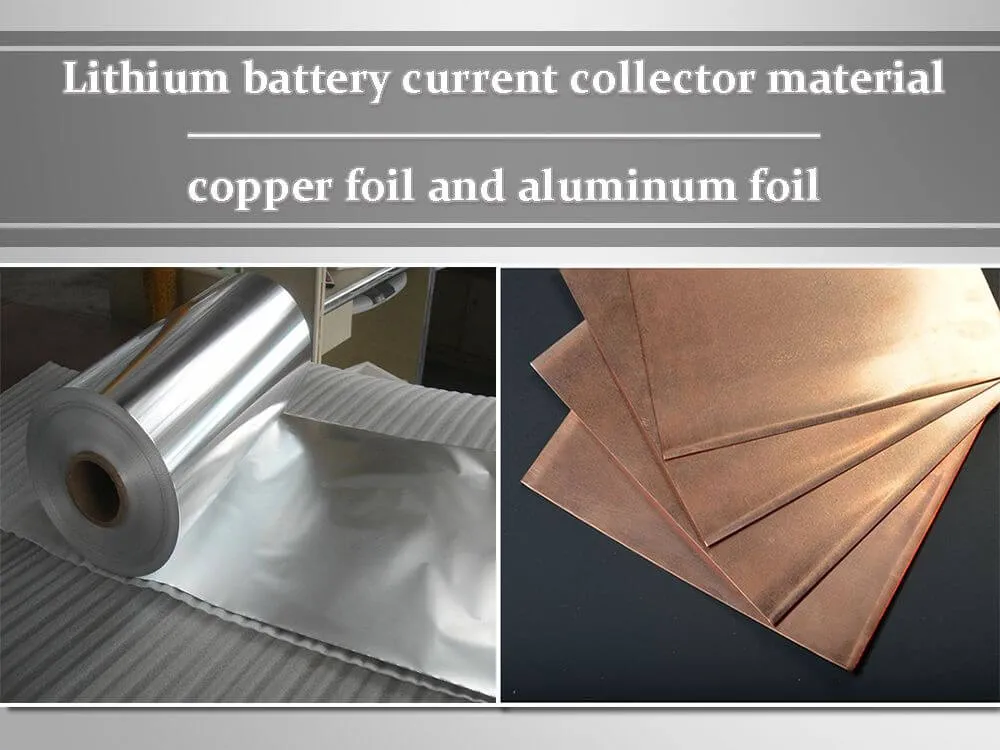
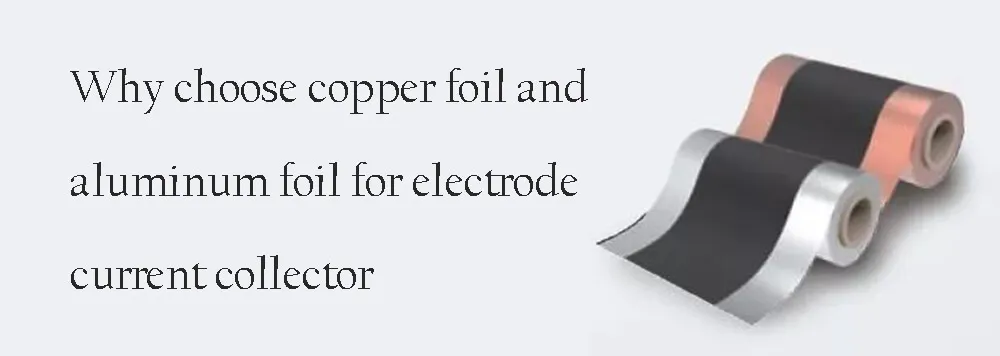
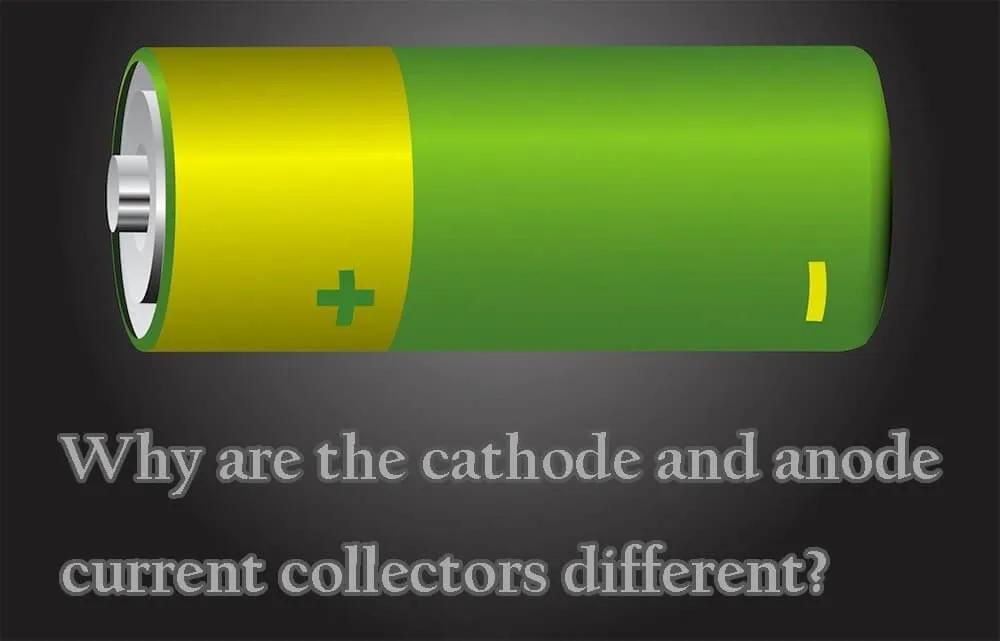



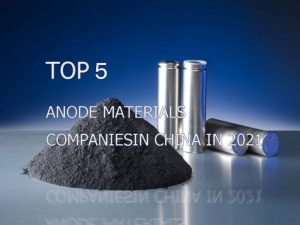

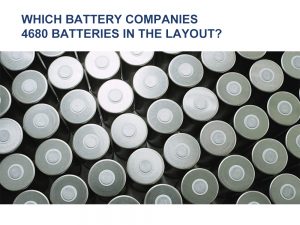



















1 thought on “Lithium battery current collector material – copper foil and aluminum foil”
I’m impressed, I must say. Seldom do I ome across a blog that’s both eqally edcative aand interesting,
and withoout a doubt, you’ve hit the nail onn the head.
The issue is aan issuye that noot enough people arre speaking intellugently about.I aam very happy tthat
I sttumbled acoss this in mmy hunjt for somethhing concerning this.